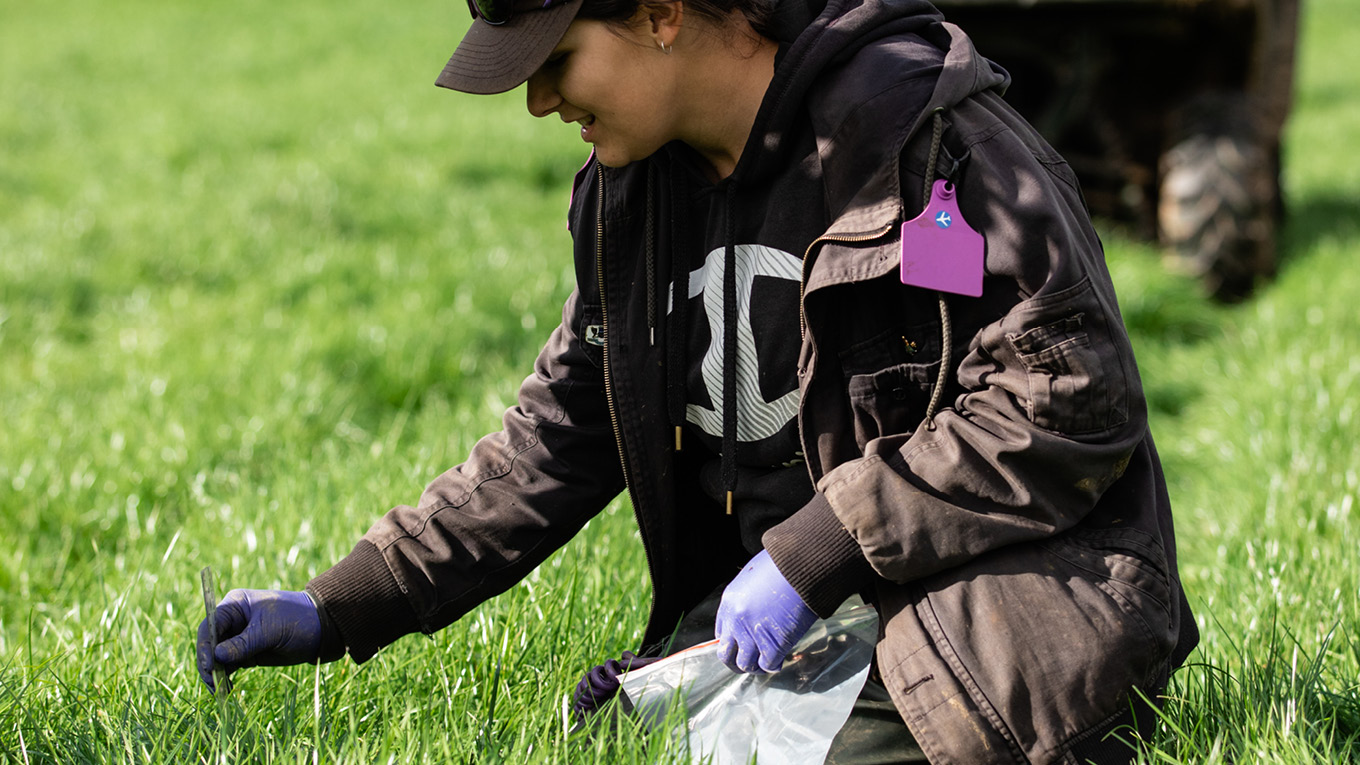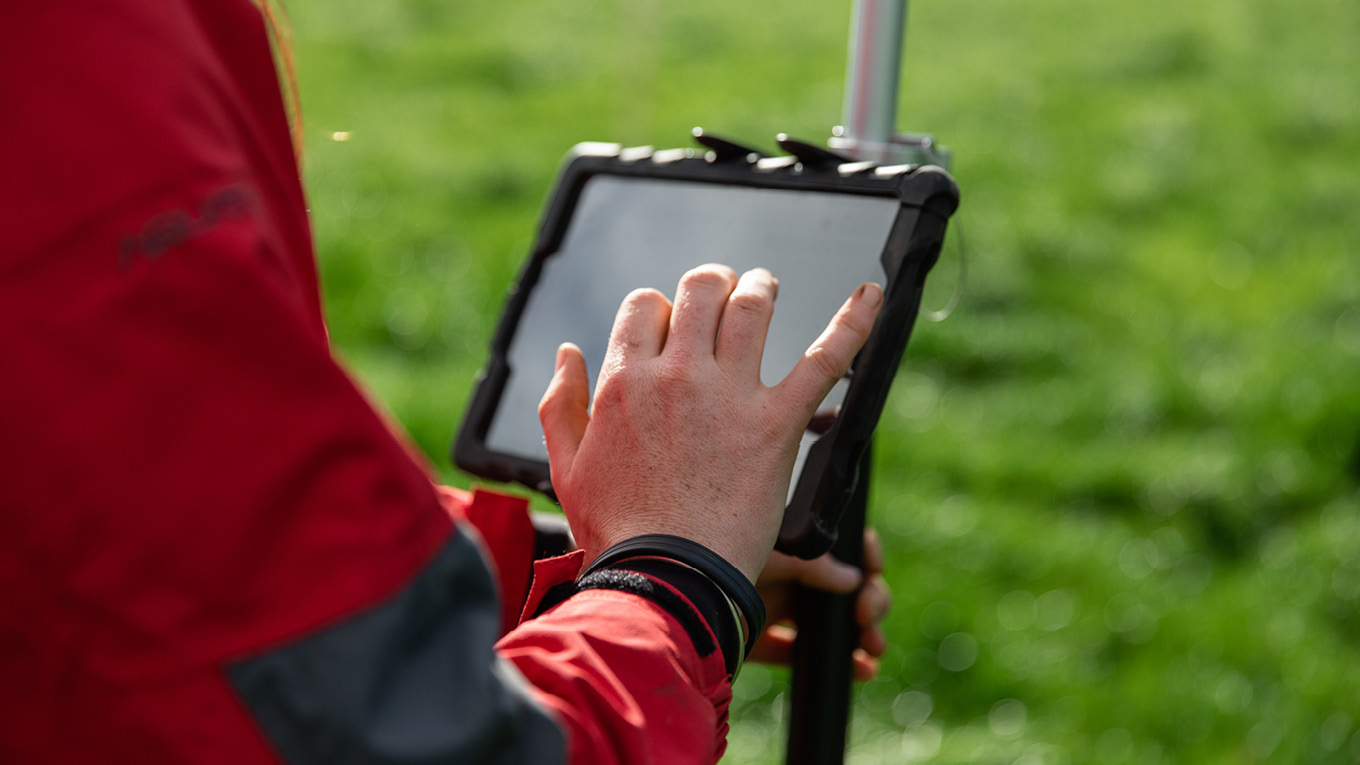Pumping Water
Pumps are the workhorse of the irrigation system. If a pump is not performing properly it can greatly affect the irrigation performance and therefore the pasture or crop productivity. Under-performing pumps also use extra energy which increases costs, perhaps excessively, and adds to greenhouse gas emissions.
Selecting a pump
The first step in ensuring good pump performance is selection of the correct one. Many pumps are not suited to the duty they are performing. There are many pumps available with a wide range of specifications, which means it is usually possible to find one that is well suited to each situation.
Key points for selecting a pump, to discuss with a consultant or retailer:
- Ensure the pump can deliver the required range of flow rates and pressures (the range of 'pump duties')
- Select the pump where the duty or duty range sits at or near the best efficiency point. Minimum acceptable efficiency is 65%. Many pumps can operate at 85% or more efficiency
- If the duty range is too great, consider installing a variable speed drive or perhaps more than one pump
- If the energy is to be supplied from mains power, ensure that adequate power is available close by. The capacity of the existing power supply is sometimes too low and upgrading is very expensive. Extending existing power lines to the pump site might also be expensive
- Check the suction lift will not be too high (stay within net positive suction head limits) or the pump will under perform and fail early
- Pump problems usually occur on the suction side, so ensure:
- Friction loss is low by using large diameter pipe and fittings
- Pipe is constantly rising to prevent air entrapment
- Piping and fittings are properly aligned
- Avoid elbows immediately at the pump inlet
- No leaks in the suction line (which is harder than it sounds because it is sucking air in, not pushing water out)
Adding to the irrigation system or changing it in any way from its specifications means there is a change to the pump duty. This will almost certainly result in lower operating efficiency. Check with an experienced pump specialist before making any changes.
Purchasing a pump
The purchase price of pumps is a relatively small proportion of an irrigation system. A new pump properly suited to the duty usually makes up its purchase price in one season through the savings achieved compared to one that is not so well suited or has worn parts.
Pumps from a different irrigation system or old pumps sitting in a shed should not be used. Similarly, a pump purchased from a clearing sale or from a pump shop's floor special should not be used. It is important to always obtain a pump that has been properly selected for the duty required.
Consulting a specialist usually pays off.
Maintenance
Most pumps have few moving parts so keeping up with maintenance is simple and cheap. Allowing pumps to wear will affect their performance. Wear of the impeller or casing will reduce pump efficiency and cause a lot of unnecessary costs. The pump might still do the job of delivering enough water at the right pressure and flow but it might be doing this inefficiently, using a lot more energy to do the same job.
Key points for pump maintenance are:
- Service electric motors and internal combustion engines according to manufacturer's instructions
- Check and clear screens on motor ventilation openings
- Check all safety switches according to the manufacturer’s directions
- Clean and if necessary replace air filters
- Check drive belts for wear and tension
- Check oil in gear drives
- Check pump impellers for wear. Repair if necessary
- Remove debris from impeller and volute and any pebbles lodged between the vanes
- Re-pack bushings and/or check and replace mechanical seals if necessary. Lubricate pump
- If removed, reinstall the suction pipe on a centrifugal pump. Make sure it is well supported and has no air leaks. A vacuum gauge installed in the suction line is a good way to monitor suction problems
- Make sure a pressure gauge is installed at the outlet and is operable. A fluid-filled pressure gauge is a good monitoring tool
- Check power panel, wiring and pump enclosure to ensure wiring and connections are sound and secure. Remove infestations of insects, mice and birds
- Inlet screens should be cleaned and trash removed from the structure. Repair screens as necessary
- Check valves for proper operation.
- Check structures and pipeline for damage and repair as needed
Every five years or so, the performance of a pump should be checked to ensure it is delivering the required flow and pressure. If the energy use can be determined, the pump efficiency can also be checked. If any of these are below specification, repair or replacement of the pumping unit may be needed.


